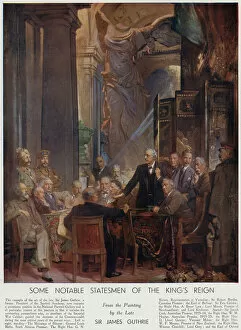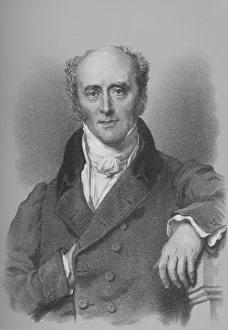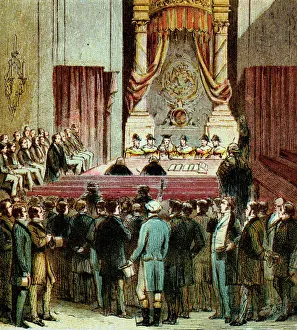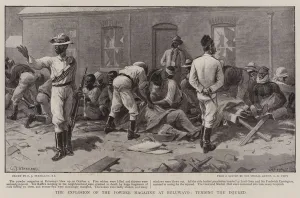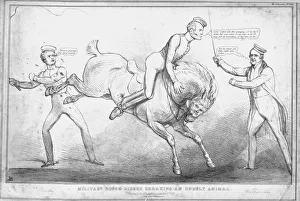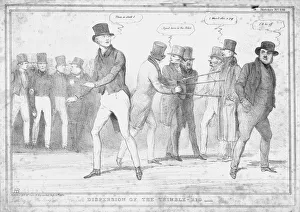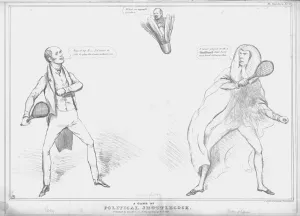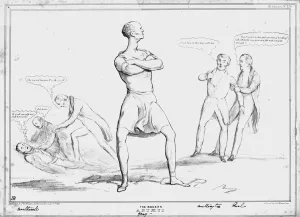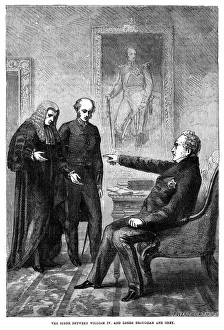Lord Grey Collection
Lord Grey, also known as Charles, Second Earl Grey, was a prominent British statesman during the early 19th century
All Professionally Made to Order for Quick Shipping
Lord Grey, also known as Charles, Second Earl Grey, was a prominent British statesman during the early 19th century. Born in 1764 and passing away in 1845, Lord Grey played a significant role in shaping British politics and society. One of his most notable achievements was his involvement in The Reform Bill of 1832. This landmark legislation aimed to reform the electoral system by expanding voting rights and reducing corruption. Lord Grey's leadership and determination were instrumental in pushing this bill through Parliament. During his time as Prime Minister from 1830 to 1834, Lord Grey introduced several reforms that had a lasting impact on British society. The Great Reform Act of 1832 was just one example of his commitment to progress and social change. Lord Grey's political career coincided with an era marked by influential figures like King George V. These notable statesmen contributed to the development of Britain's political landscape and helped shape its future direction. In addition to his political endeavors, Lord Grey had connections to literature and theater. He appeared as a character named Lord Grey in Shakespeare's play "King Richard III, " highlighting his enduring presence even beyond politics. Often remembered for his charge at Pinkie during the Battle of Pinkie Cleugh in 1547. This courageous act showcased not only his military prowess but also exemplified the noble values he held dear throughout his life. Despite being associated with serious matters such as parliamentary elections and electioneering, there were lighter moments too. A game called "Political Shuttlecock" depicted politicians engaged in playful banter while symbolizing their constant jostling for power within the political arena. The explosion at Buluwayo's powder magazine brought out another side – compassion towards those injured or affected by tragic events. His dedication to tending the wounded demonstrated both empathy and humanity amidst times of crisis.

